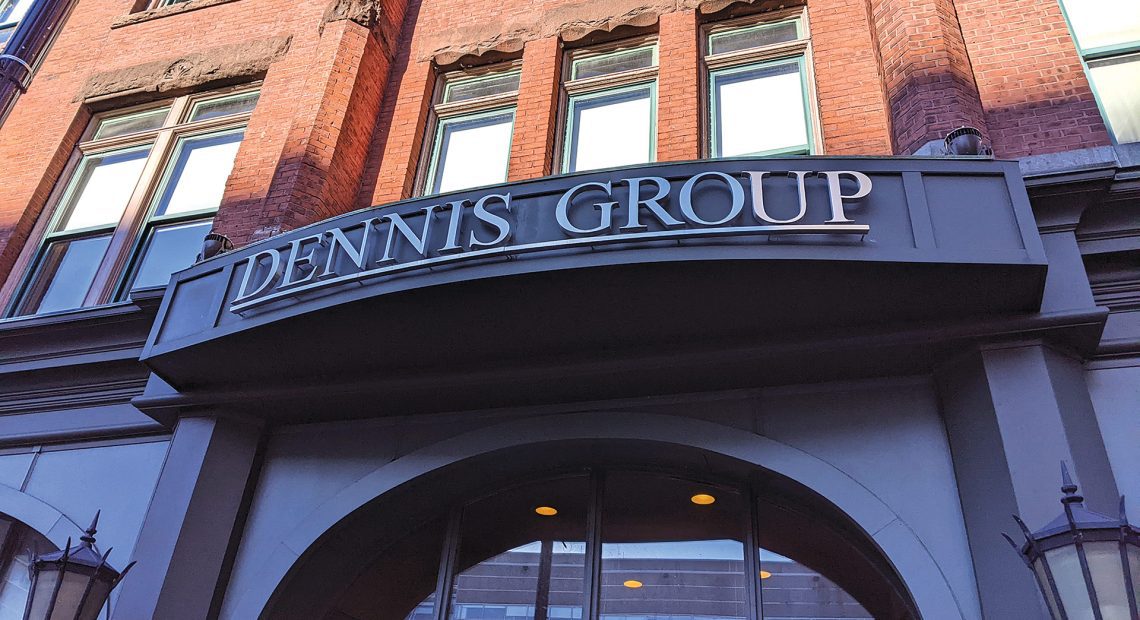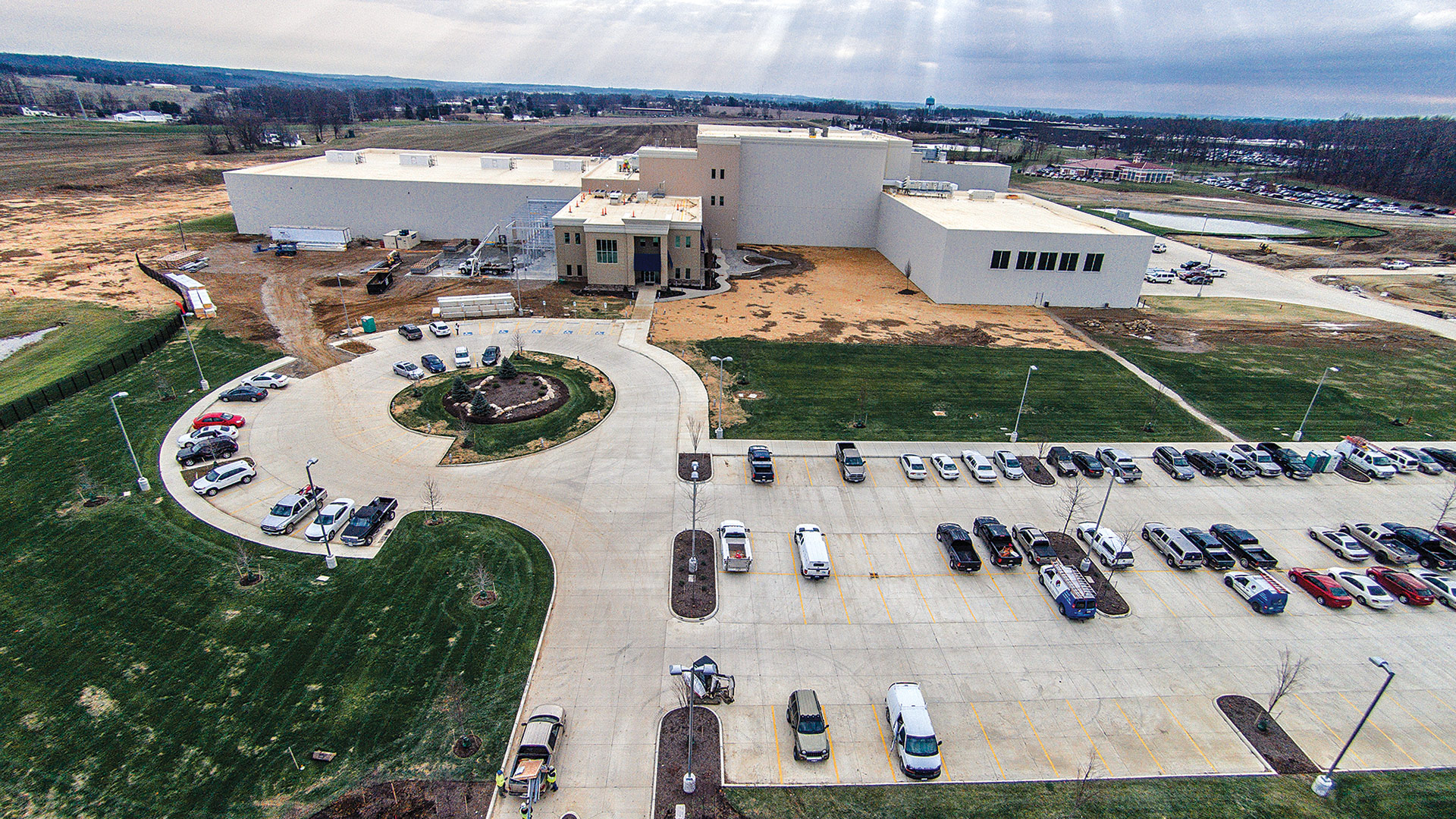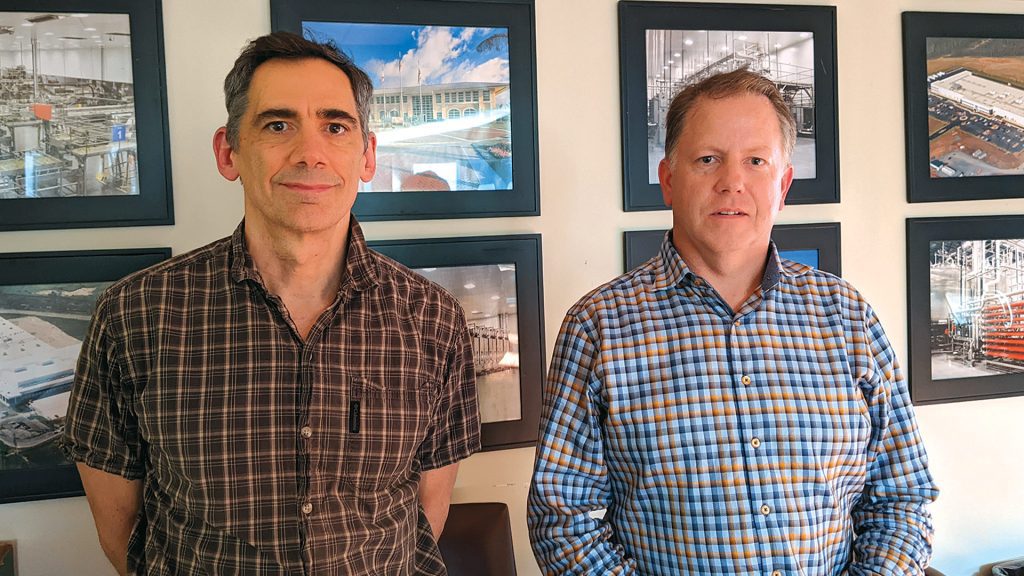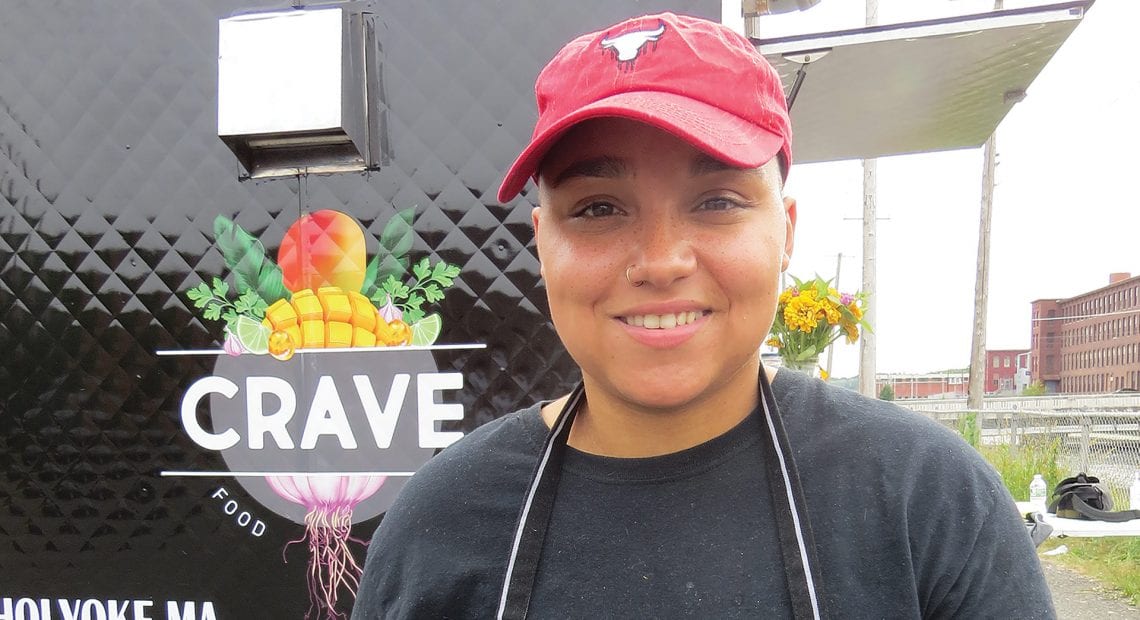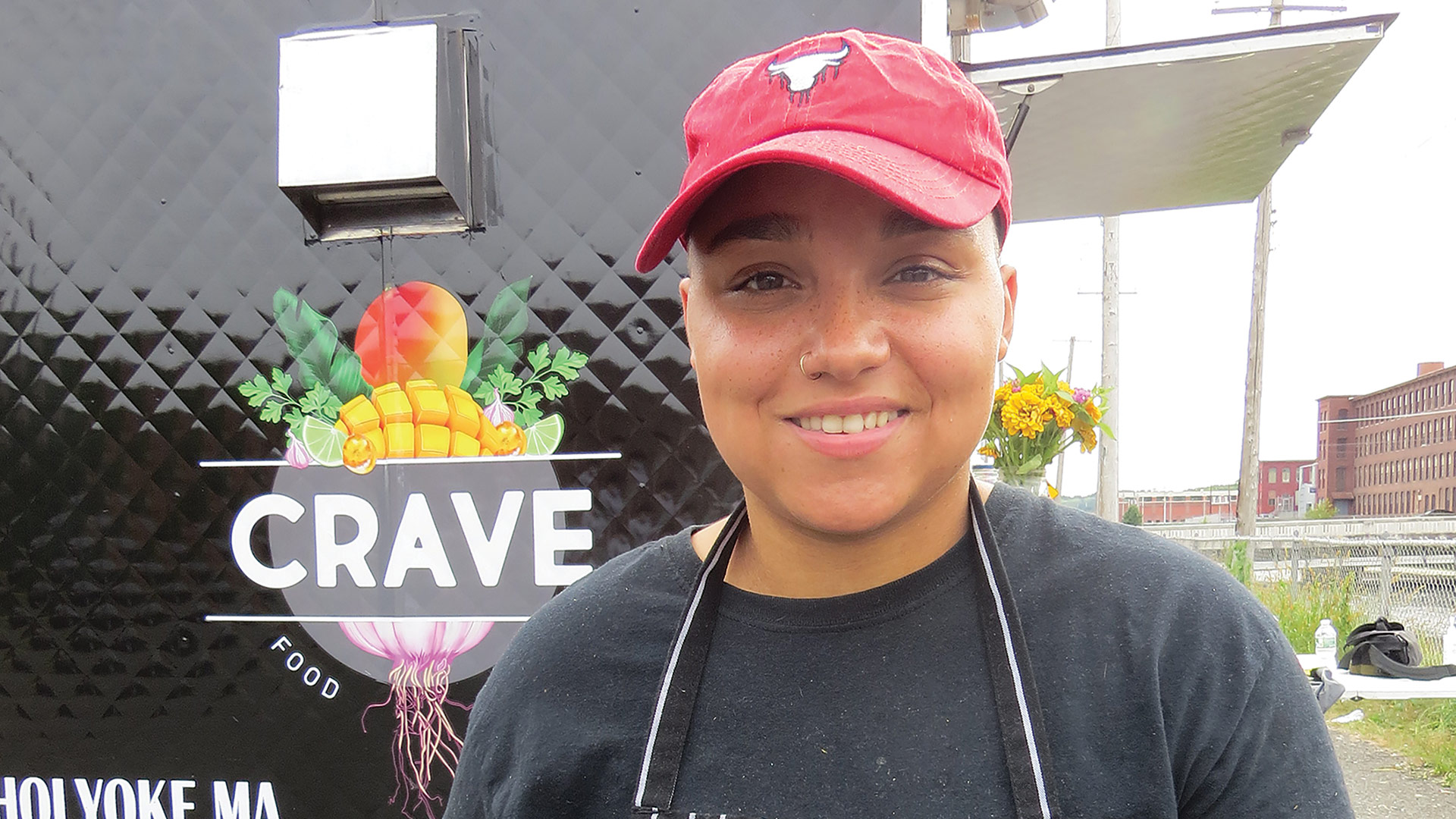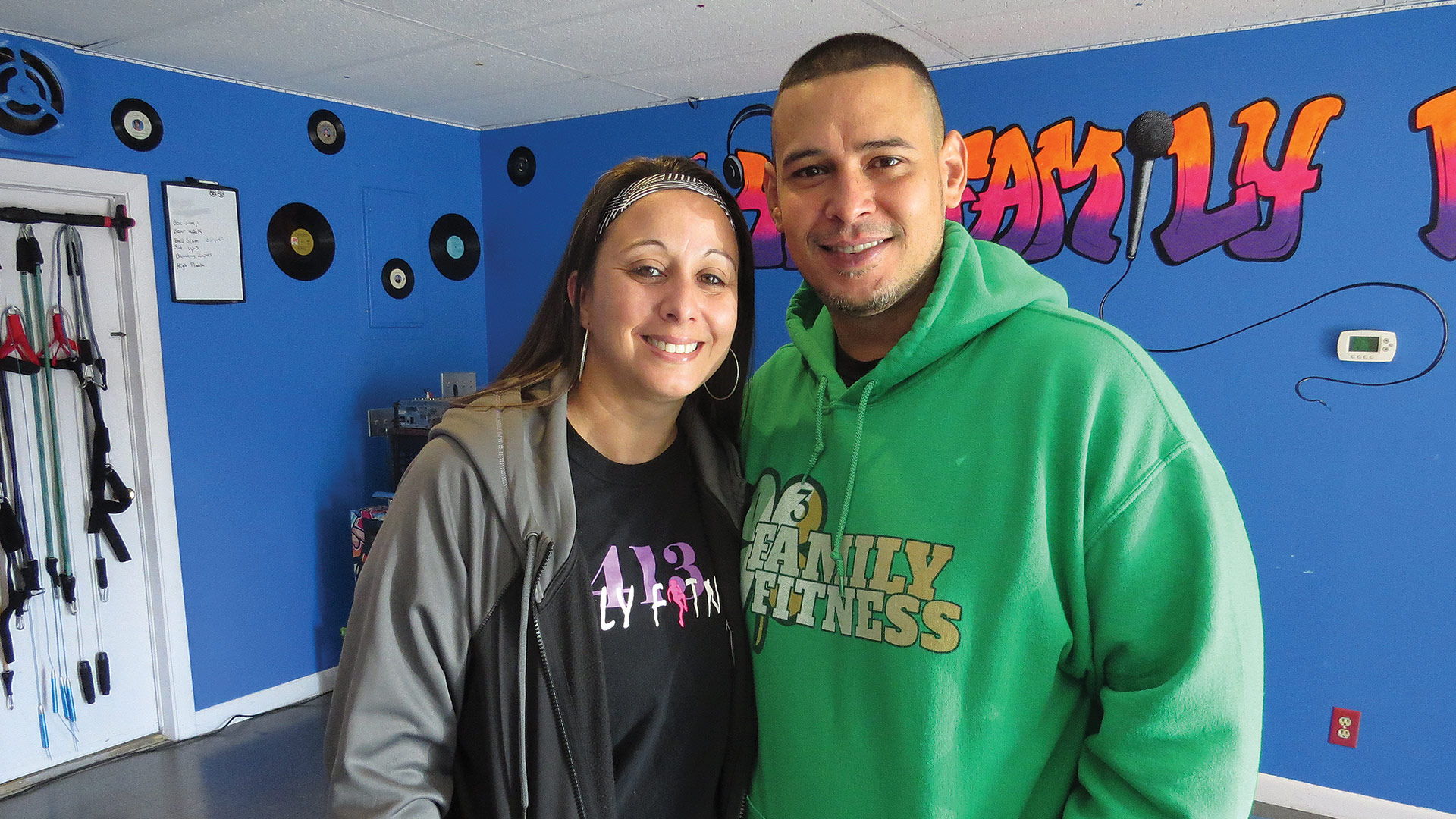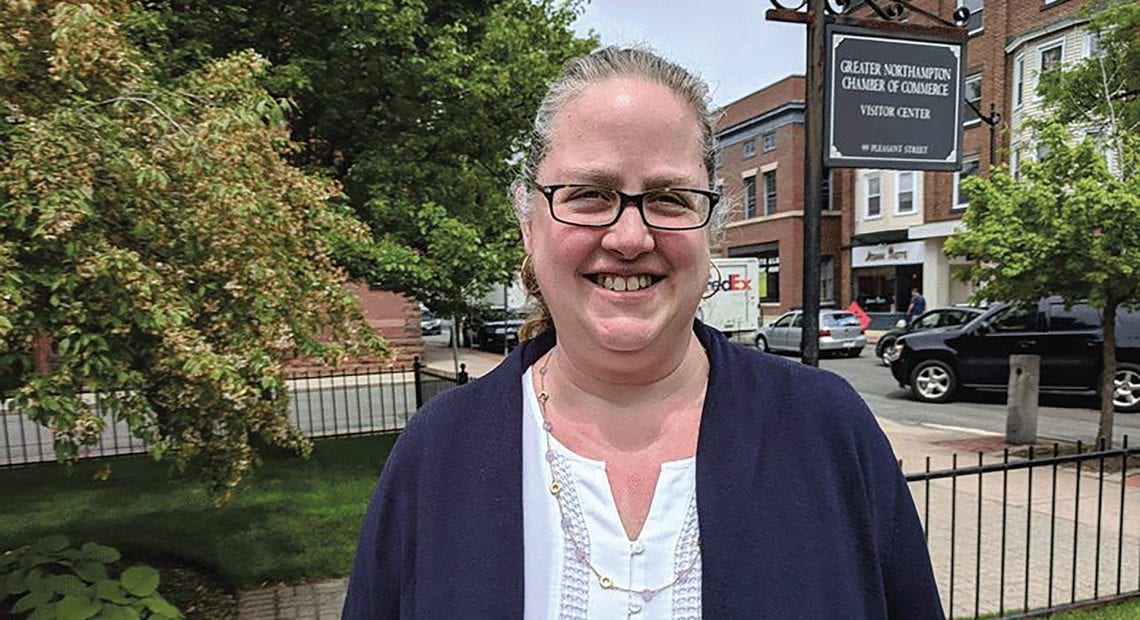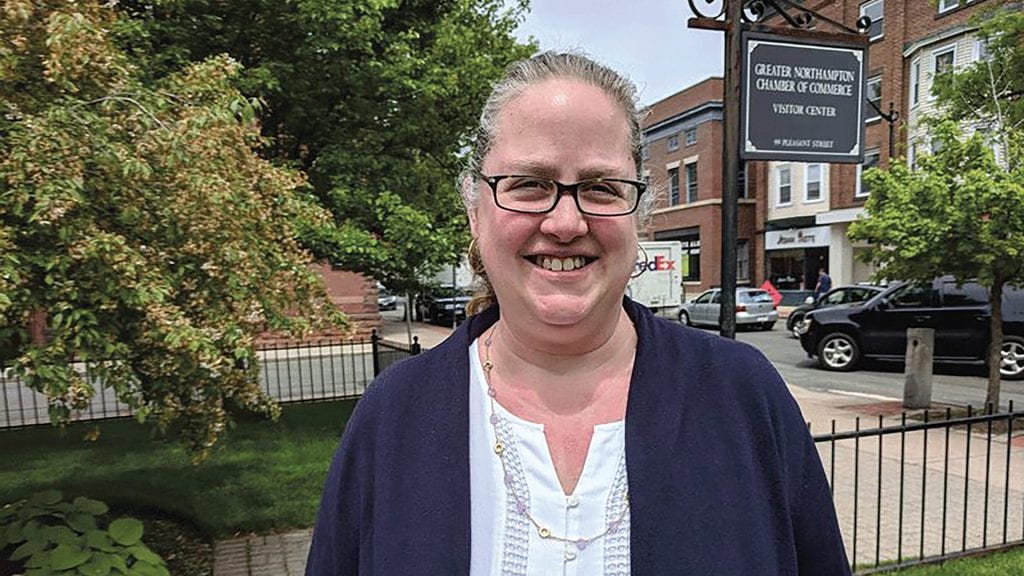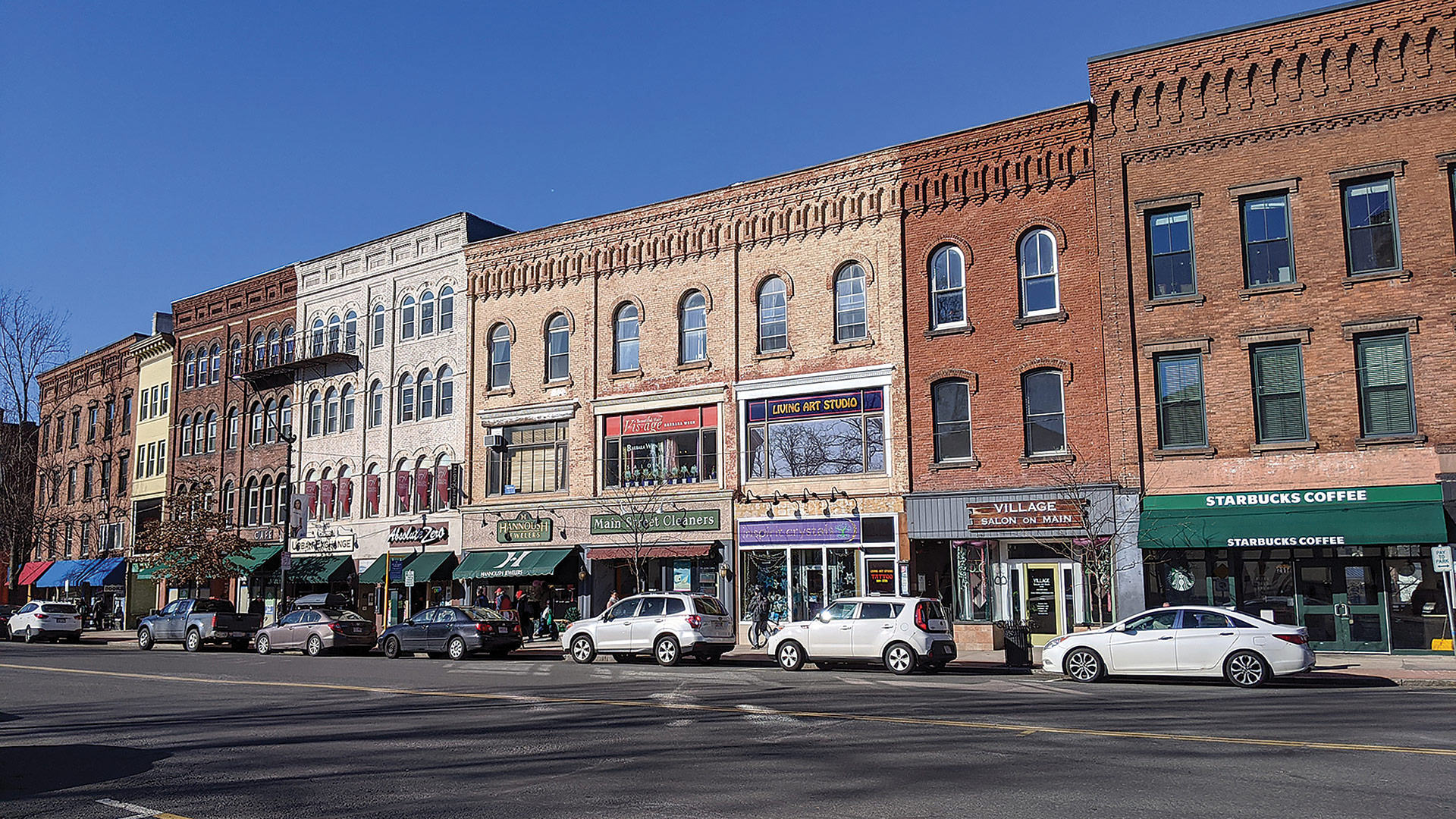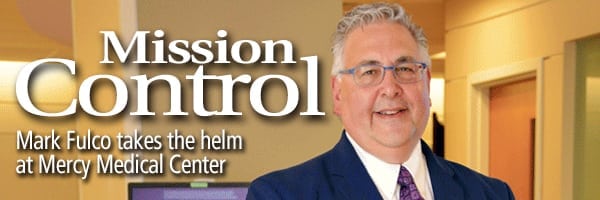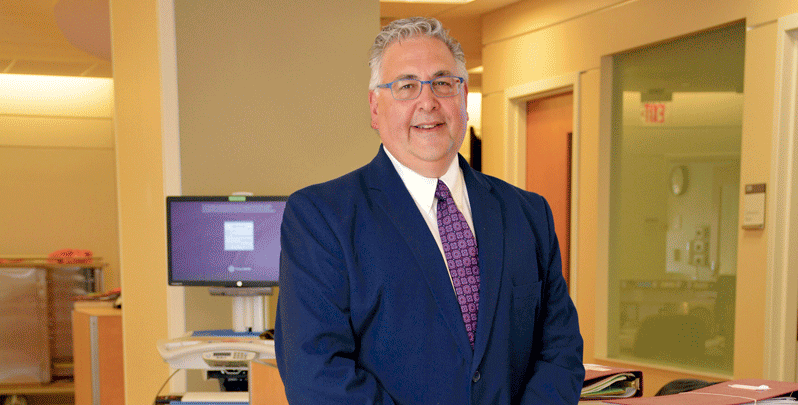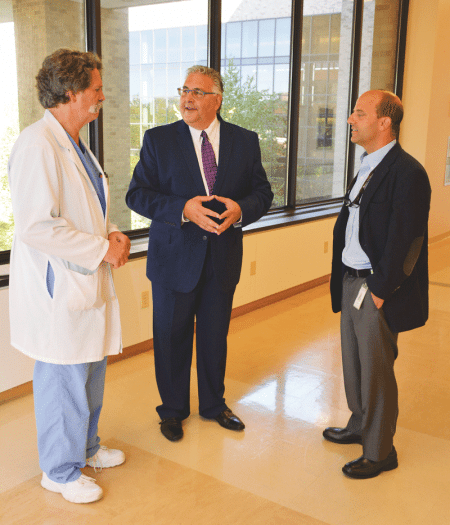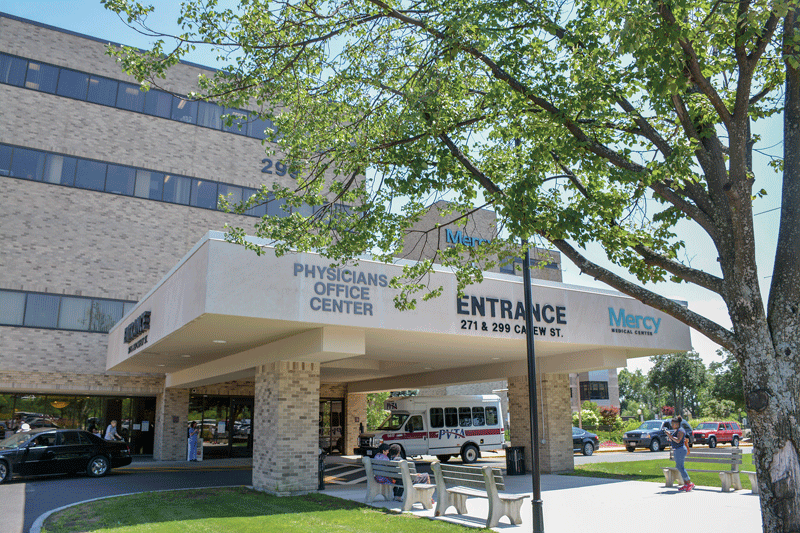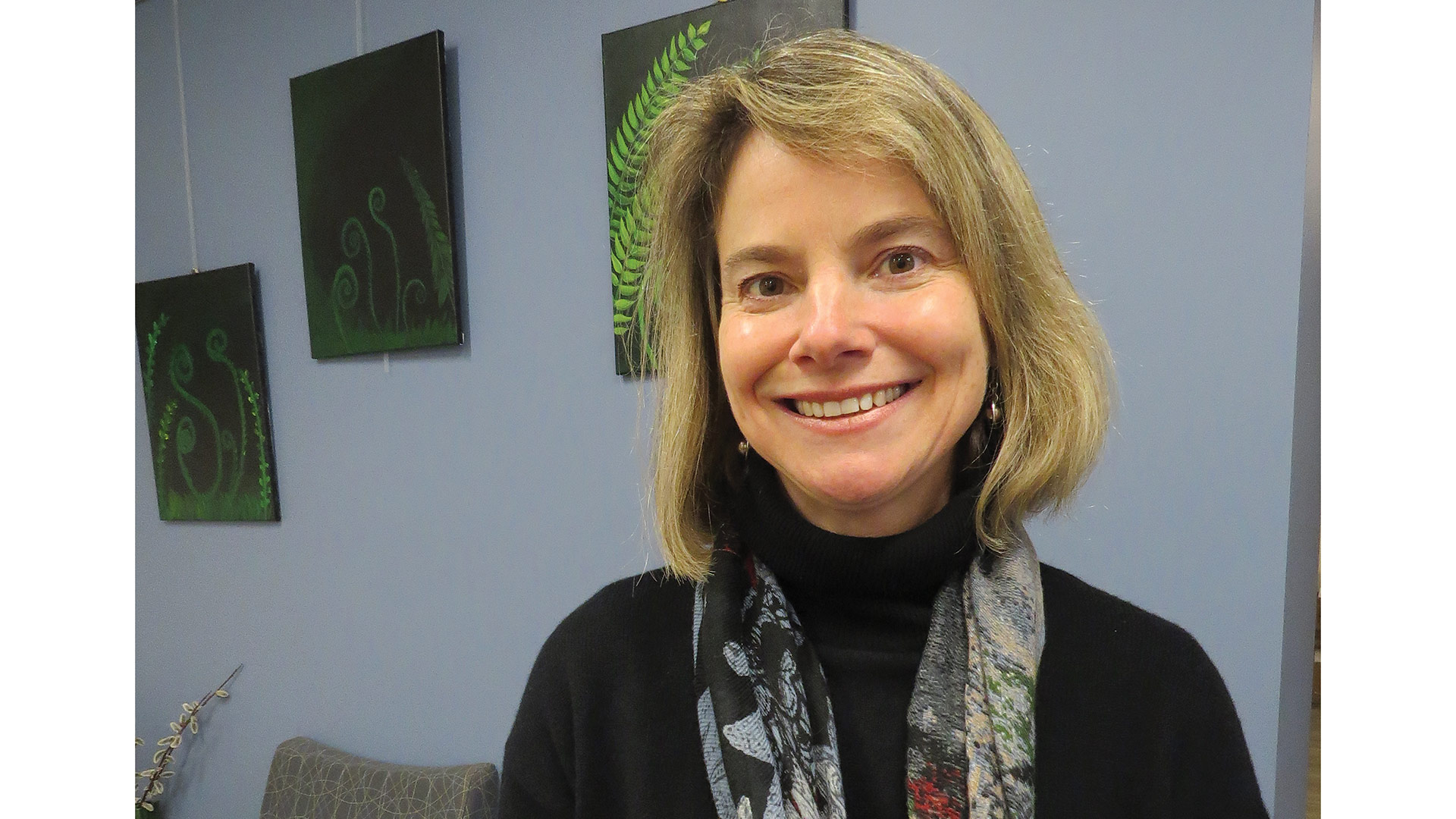The Big E Continues to Be an Economic Engine

Eastern States Exposition CEO Gene Cassidy and the man who inspires his work, fair founder Joshua Brooks.
“Mr. Brooks was concerned about agriculture,” Cassidy told BusinessWest. “He was an industrialist, but he saw that agriculture was losing ground in New England at the turn of the last century, with so much agriculture being produced out of the Midwest and South Central estates. So he established the Eastern States Agricultural and Industrial Exposition.”
Specifically, he got the National Dairy Show to move its annual event from Chicago to West Springfield in 1916, but only after he transformed a bare plot of land into a property where the expo could be staged.
“There’s a great story of how he capitalized the fairgrounds and got people to donate incredible sums of money,” said Cassidy, citing, as an example, the night of Feb. 1, 1914, when a major blizzard hit the Pioneer Valley. A fund-raiser was scheduled for that night, and Noyes Fisk, owner of Fisk Tire Co. in Chicopee — which later became Uniroyal — was given the responsibility of raising $750,000. “Even in that blizzard, with limited attendance, he was able to raise $450,000. That was the initial capital providing resources to build these facilities, including A Barn, B Barn, and C Barn.”
All three of those barns, including several other structures built in the early years of the fair, still stand today, while the fairgrounds has added many others over the years. More importantly, however, the fair — its name eventually shortened to the Eastern States Exposition and known colloquially as the Big E — has built a nearly century-old legacy that’s measured by more than its impressive regional economic impact (more on that later).
“The impact of Eastern States is dramatic, and it’s important to the region,” said Cassidy, who joined the Big E 20 years ago as chief financial officer and took the reins from longtime CEO Wayne McCary. Cassidy’s first two fairs as CEO set records for attendance, but he has been equally successful with another mission: bringing the expo’s history to life, partly by decorating the expo’s offices with dozens of posters, documents, and artifacts from the past 98 years, including more than one celebrating the work of the man he respectfully calls Mr. Brooks.
“Since I became CEO, my goal has been to reconnect and resurrect, if you will, the spirit of our founder, Mr. Brooks,” Cassidy said. “This building was pretty sterile before, but I think the history is important, and it’s important for all of us who work here to be reacquainted with why we’re here — and what, really, is the purpose of the Eastern States Exposition.”
As the 99th edition of the Big E gets set to roll out in two weeks, Cassidy sat down with BusinessWest to answer that question in a number of ways.
Animal Attraction
Although the words ‘agricultural’ and ‘industrial’ are no longer in the fair’s name, Cassidy said, it would be a mistake to underestimate their importance to what the Big E is all about.
“Yes, entertainment drives people’s interest, and we make a big deal about food; that drives people’s interest as well. And certainly the midway is an attraction, so making sure we have a good, clean, safe, attractive midway is key,” he explained. “Behind the scenes, though, we’re engaged in producing an event that serves the agricultural industry and the commodities industry for all of New England. Those are less exciting things for some people, but we get very excited about them.”
He said the fair has become known over the decades as a prime showcase for what he called the “bovine, equine, and swine” categories of livestock shows, as well as for produce and other food products. “If you win a blue ribbon at the Eastern States Exposition, whether it’s for cheese or cattle or goats, whatever it is, that gives you national cachet, national attention. Most fairgoers aren’t cognizant of that, but it’s very important for both the agriculture and industry that drives a large part of the New England economy.”
The fair has always educated people about livestock and agriculture, and Cassidy feels that mission is more important than ever, with so many Americans, particularly of the younger generations, unaware of what goes into putting their food on the table.
“So much time has passed from 1916 to today, and people are so distant from production agriculture. In many cases, animals [at the show] are viewed as if they’re domestic pets and not domestic food products. Youth today have no connection, no understanding of where their food actually comes from,” he said, adding that this disconnect isn’t limited to the agricultural side, and he’d like to see more fair offerings that teach people about food processing as well.
In addition, “it’s a continuing battle with animal-rights organizations,” Cassidy noted. “We get blowback from rogue groups that raise money on the Internet, anonymously, and they influence our programs in a way that’s detrimental to the general public.”
For example, “my office is two miles from the house where I was born and raised,” he continued. “When I was a kid, the Eastern States Exposition had a carcass exhibit, and a butcher butchering beef cattle and explaining the different cuts of beef. People would be mesmerized, and would learn where the loin comes from, the shoulder, and so on. In this day and age in New England, you could never have an exhibition like that, and it’s sad.”
While maintaining as much of the expo’s agricultural focus as possible, Cassidy said he would like to strengthen the connections the fair has to other notable industries, such as machine tools, using the fair as a platform to grow those businesses and generate jobs as well. He also believes promotion of consumer products still has a place.“Companies used to use fairs as a means of promoting their new products,” he noted. “With the advent of television, fairs became less attractive for, say, Westinghouse or General Electric to launch their latest washing machine or other product. But we’re working very hard here to create opportunities for companies to re-engage people on the one-to-one level.”
This year’s fair will showcase the Ford Mustang, which made its debut at the New York World’s Fair 50 years ago. The Big E will display one of the Mustangs that was actually on display in New York in 1964, and Sarat Ford has produred a few rare special-edition Mustangs to display as well. “In many ways, we’re celebrating the World’s Fair,” Cassidy said. “It’s a throwback feature, which I’m really excited about.”
Eat, Listen, Love
Cassidy told BusinessWest that he fully understands the fair’s appeal to tradition and nostalgia that repeat visitors enjoy — everything from the livestock shows to the parades and circuses to the state buildings, where the six New England states promote their most popular foods, crafts, and other products. The challenge, of course, is maintaining those traditions while keeping the fair fresh.
Entertainment is a large part of that, and the Big E has long offered free concerts to visitors — this year’s extensive lineup features up-and-comers like The Voice winner Cassadee Pope and veterans like Eddie Money — while mixing in a few bigger-name shows that require an extra admission fee, including Darius Rucker, Little Big Town, and ZZ Top.
“I’ve been trying to get ZZ Top for 10, maybe 15 years, and I finally got them, so I’m very excited,” Cassidy said, adding that financial changes in the entertainment-booking world have made charging for some acts necessary.
“You’ve got to have good entertainment — that’s the thing that puts the buzz in the air. But that’s extremely difficult to do, and every year, it’s harder and harder. When I started here in 1994, we could book the biggest acts in Las Vegas for $40,000 or $50,000, and they would do two shows a day. Now, in the current age, we can’t afford these acts,” he said, noting that booking Reba McEntire in 2011 cost $335,000. “So we’ve been forced to charge now for the biggest acts, and we do our best to find solid acts we can give away.”
He credited John Juliano, the long-time special-events director for the Big E, with always being able to book talent on the rise, from Beyoncé before Destiny’s Child was popular to Hunter Hayes last year to Pope next month.
Still, for many fairgoers, music isn’t the number-one attraction; they’re more interested in finding out how many foods can be successfully deep-fried.
“Talent is such an important way of keeping people interested, but the other way is gastronomically,” Cassidy said of the Big E’s extensive selection of fair food. “I love cheese curds, and this is the only place in the world I get cheese curds. But we also have to continually discover new products and find means by which to bring new products to the fairgoing public.”
After all, the vitality and continuing popularity of the Big E has a direct economic impact on the region. According to a report the Eastern States Exposition produced this year, the 17-day Big E, plus all the other events that take place on the fairgrounds each year — which feature exhibitions for animal lovers, car enthusiasts, gun owners, campers, and dozens of other groups — benefit the region with an annual economic impact of $479 million.
The tax revenues alone include $3 million in income tax, $1.4 million in sales tax, $427,000 in hotel tax, and $3.3 million in food and beverage tax. More significantly, events generate $299 million in gross regional product and account for 3,000 jobs in Hampden County that generate $91.9 million in personal income. The exposition’s impact on the rest of New England and New York include 2,000 jobs generating $134 million in personal income. In all, 2.5 million visitors stop by the fairgrounds each year, well over 1 million for the Big E alone.
“We need all the stakeholders — which include the fair patrons, business leaders from throughout the region, and our own board of trustees — to be able to draw a direct link toward the Eastern States as a mechanism to drive the economy and jobs,” Cassidy said. “The fair has a broad impact on agriculture worldwide, but has its most important role in this region. It plays a very important role in generating business on a grand scale, and that ripples throughout the economy at many different levels.”
Into the Next Century
At one point, Cassidy pulled out an old, worn book filled with stock certificates that Brooks sold to some of Greater Springfield’s most notable citizens in the fair’s early days — then later bought back so that no individual or group could set the event’s agenda.
To continue Brooks’ legacy for the next 100 years, Cassidy knows that the fairgrounds need some attention, starting with those century-old buildings. Renovating the large B Barn, otherwise known as the Coliseum, is a $60 million endeavor, and that’s just one structure. Last year, the fair generated about $5 million in profit — a success, of course, but not the kind of revenue flow needed to sustain multiple improvement projects.
“We need to continue to grow, not just because we’re a 100-year-old facility with a great deal of deferred maintenance, but to re-educate the fair-going public,” he said. “I think we’re the most successful fair in the country; we’re recognized nationally as a best-practices organization. We’re one of the largest fairs, and the largest fair that’s not state-subsidized, which is really remarkable. But we need to put a lot of attention into this 100-year-old plant.”
To do that, Cassidy says it’s crucial to generate regional philanthropy, like Brooks did when he reached out to his wealthy friends to launch the exposition in 1916. “We’re a 501(c)(3) public charity, and financially, we’re a very stable organization, but we need to reinvigorate our stakeholders — not just to sustain ourselves, but we owe it to the region to grow, so the region grows.”
As board treasurer of the Regional Employment Board of Western Mass., Cassidy is keenly aware of the region’s need to retain talent to grow a number of its industries, and he feels like the Big E and its myriad activities can play a role in that, if only by improving quality of life in the Pioneer Valley.
“We have access to the best education in the world, and we’re exporting our graduates. Any company executive who scoffs at that is not being responsible in their duty to grow the economy and make their mark on the general citizenry,” he told BusinessWest. “It’s all about quality of life. My hope is that the Eastern States Exposition adds to quality of life for people in West Springfield and all of Greater Springfield.”
It’s an easy thing to get excited about, Cassidy added. “People pay to get in, and they’re predisposed to happiness. There are very few jobs in the world where the person coming through the gate is coming in to have a good time. You go to the grocery store because you have to, or go to the tire store because you need tires. You don’t have to come to the Big E.
“Our job,” he concluded, “is to deliver a product that makes you want to be here. If we can take our presence here and use it as a multiplier to drive industry in the local economy, we’ve succeeded.”
Joseph Bednar can be reached at [email protected]





